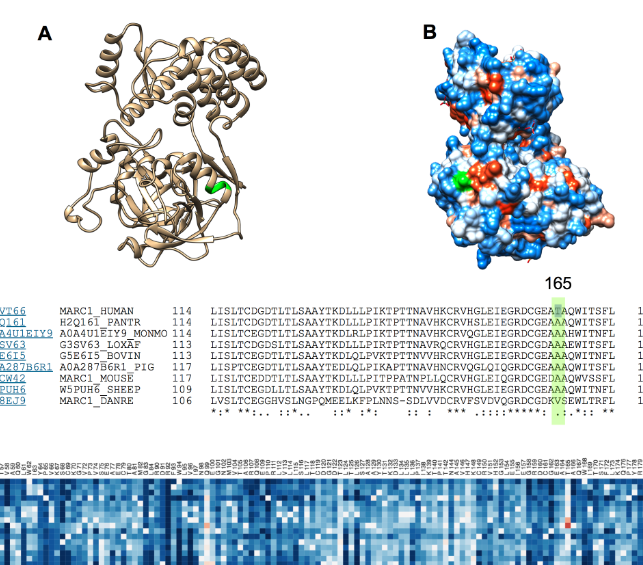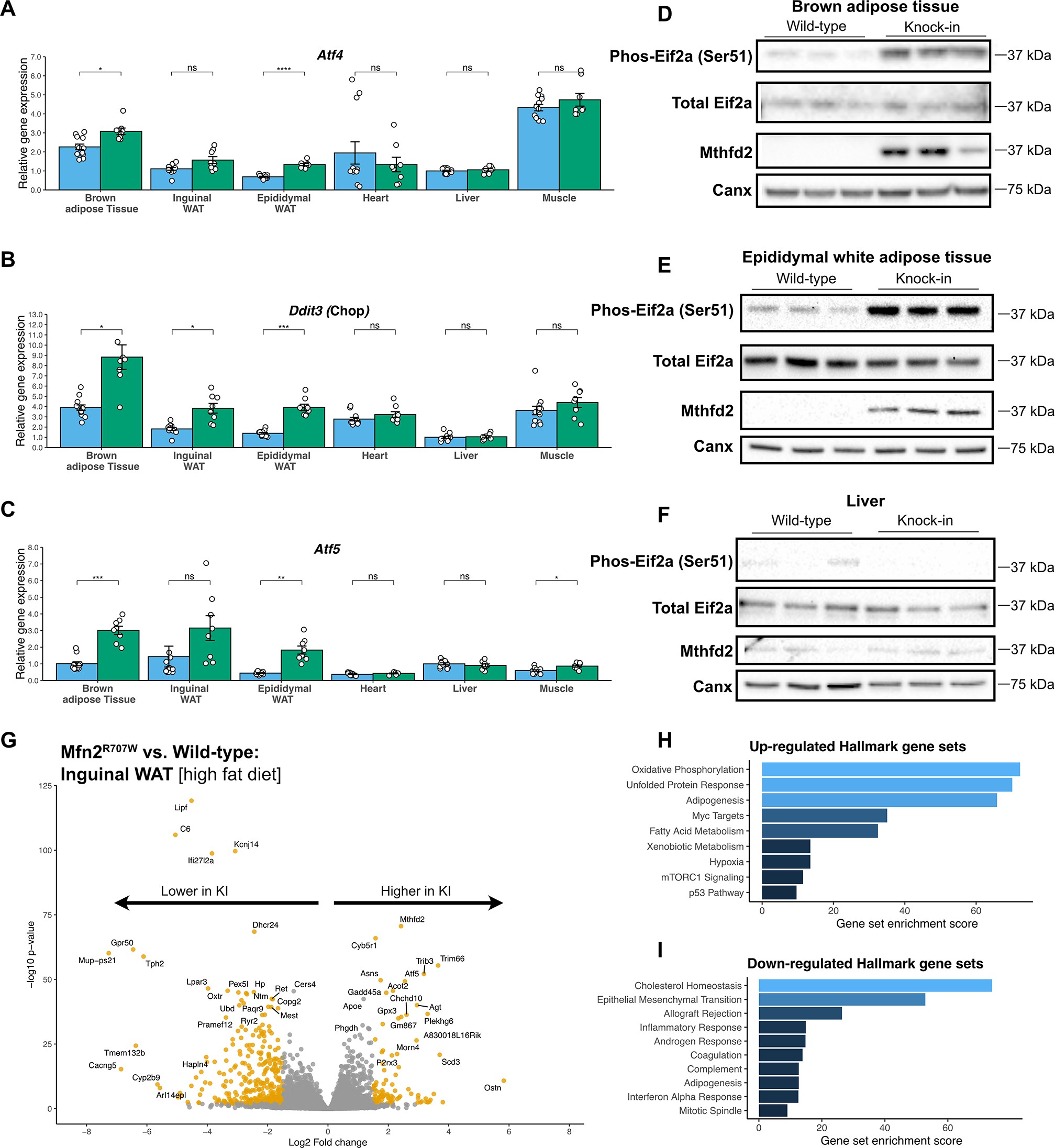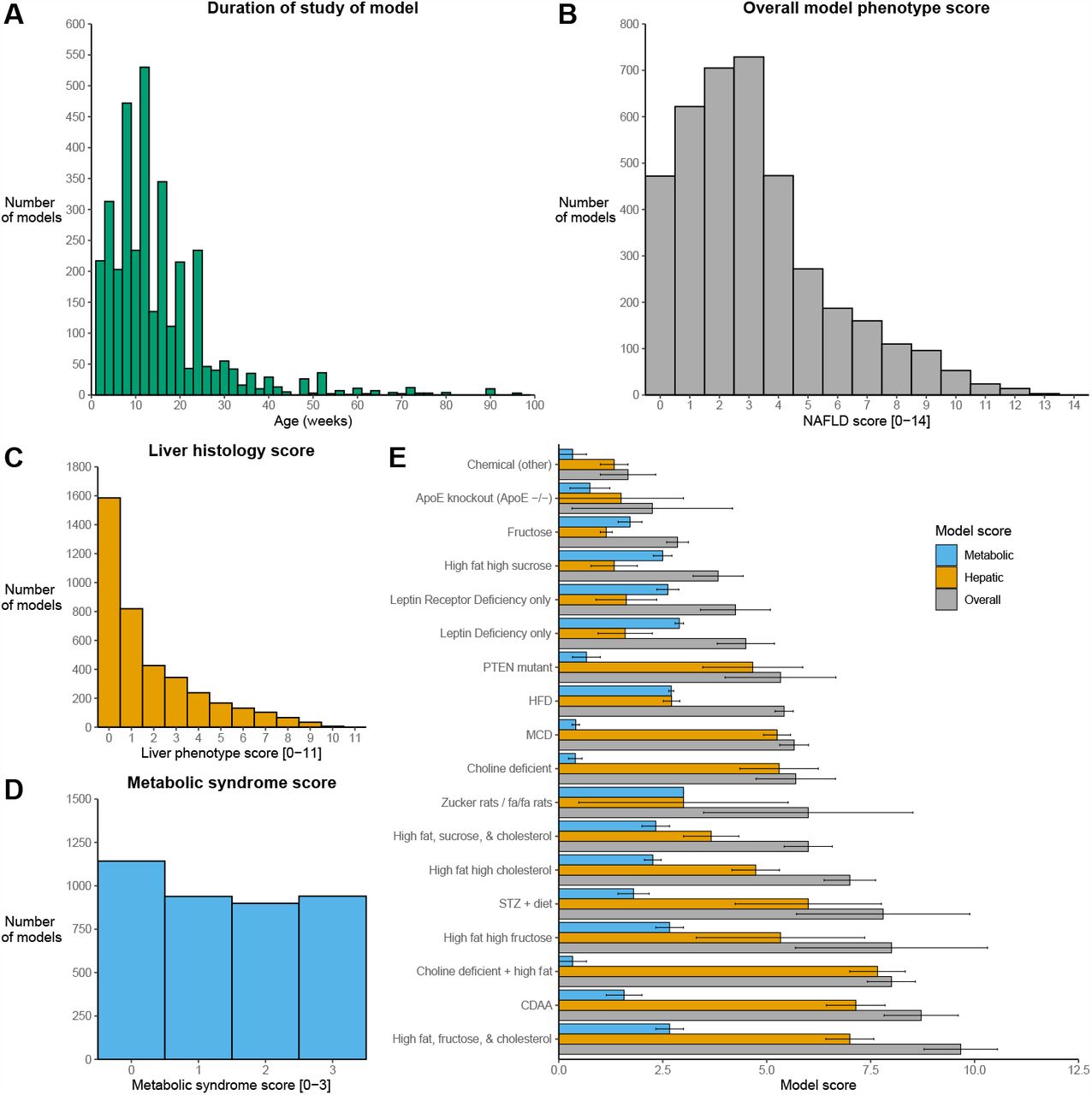Rare diseases might be more common than you think. Up to 1 in 17 people (https://www.raredisease.org.uk/) may be affected by a ‘rare disease’ at some point in their lifetime. Even though each one is rare, there are lots of different rare conditions, so together they’re not so rare.
I am interested in understanding rare, genetic conditions that affect the liver. One key question is, exactly how rare (or common) are they? This can be studied in several ways, such as: getting every doctor who has seen someone with that condition to inform a research group. But it might be that some people have the rare condition but aren’t diagnosed. For conditions that are genetic, it is possible to use genetic data to calculate how common we would predict the rare conditions to be.
We did this for two rare liver diseases: Wilson disease and lysosomal acid lipase deficiency (LAL-D). Wilson disease primarily affects the brain and liver and is caused by the build-up of excess copper. We found that genetics would predict Wilson disease to be much more common than it is currently diagnosed. This is most likely because there are some people who have the DNA changes that we would expect to cause Wilson disease but they remain completely healthy. This helps us understand more about how the Wilson disease gene works.
In contrast, there had been some earlier research saying that LAL-D might be more common than we think. I.e. some people who are labelled with simple ‘fatty liver’ could actually have LAL-D. Our genetic research didn’t suggest this. We found that LAL-D really is very rare. This helps us know about when to test for LAL-D.




